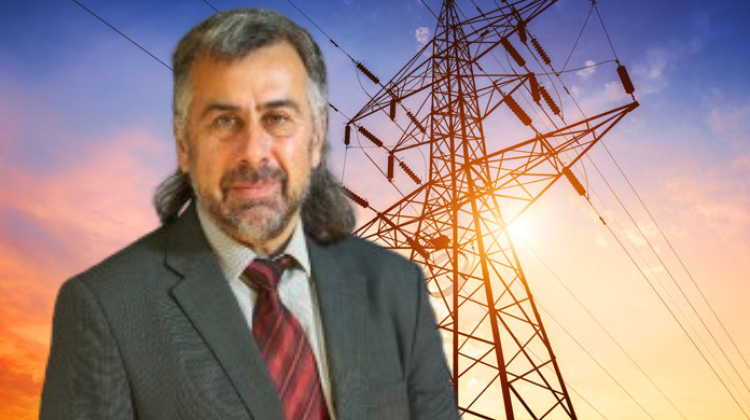The Spanish electricity system is moving towards an increasingly renewable and distributed model, yet the grid infrastructure faces a central dilemma for investors and operators.
“Today, the cost–benefit analysis still favours traditional assets, although flexible connections present a decisive opportunity for the future of investment and for tapping into unused capacity,” says director of e-Anell, Ramón Gallart Fernández.
Speaking to Strategic Energy Europe, he stresses that grids must be transformed to respond to the challenges of the transition. Conventional assets, such as transformers and substations, currently absorb 82% of the forecast investment in Europe, while digitalisation and flexibility remain secondary priorities.
However, flexible connections enable latent grid capacity to be used and could prove decisive in accelerating the integration of renewables. The executive recalls that the blackout of 28 April highlighted the need for technologies that can offer a dynamic response.
“The power system requires technologies that can deliver a rapid response to grid transients, such as chemical storage or pumped-storage hydropower plants,” he notes.
In this context, batteries can become a central player by balancing mismatches between supply and demand and providing instantaneous power at critical moments.
A recently published report by SmartEN confirms this view: fully activating flexibility could save between €11.1 billion and €29.1 billion annually in grid reinforcement costs by 2030, while also avoiding 15.5 TWh of renewable curtailment and cutting generation peaks by 60 GW — the equivalent of 137 gas-fired plants.
Nonetheless, barriers remain, such as limited access to markets and the lack of interoperable energy data. Gallart warns that the challenge is not only technological, but also economic and regulatory.
“Investors need viable business models, grid connection capacity and regulatory stability,” he emphasises. The recent capacity maps published in Spain reveal constraints that demand innovative solutions.
The electrification of mobility adds further pressure on the grids. According to the ETIP SNET report Grid Integration of Sustainable Transport, technologies such as smart charging and Vehicle-to-Grid (V2G) will allow electric vehicles to act as decentralised storage units. Likewise, second-life batteries represent a strategic alternative to strengthen resilience and cut reinforcement costs.
In Gallart’s view, both Spain and Scotland serve as reference models: the former for the complexity and robustness of its electricity system, and the latter for having achieved 100% renewable operation.
The key dilemma in the coming years will be whether to continue directing the majority of investment to traditional assets, or to redirect capital towards digitalisation and flexible connections, which are emerging as both the catalyst for new business opportunities and the indispensable support to sustain an ever-more renewable power system.






























